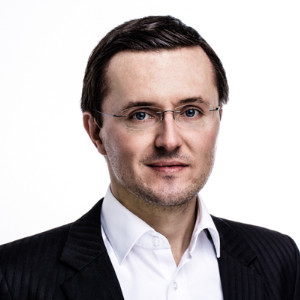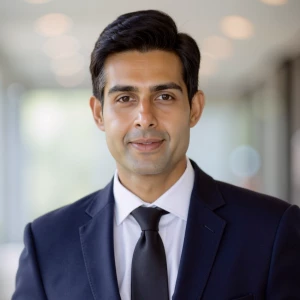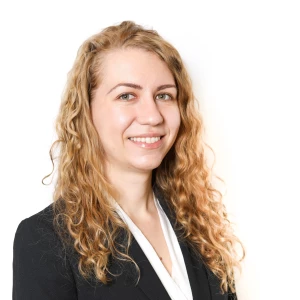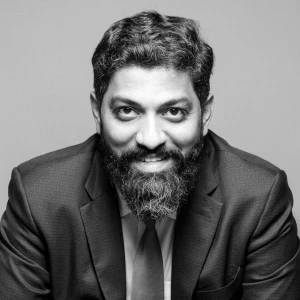Hi fellas
just a quick question: how to improve C-level communication style for the interviews? How to prep, what to do in terms of structuring answers, presence, style etc.
Cheers
Hi fellas
just a quick question: how to improve C-level communication style for the interviews? How to prep, what to do in terms of structuring answers, presence, style etc.
Cheers


Hi,
It's absolutely vital to have a structure, business sense, and the right fit. But if you can't communicate it properly, it is a signal that you will not be able to communicate your ideas to the client as well.
Here are some tips on communication:
1) Communicating while structuring. Here is a long post by me on how to communicate the structure during the case study:
https://www.preplounge.com/en/consulting-forum/how-to-communicate-its-structure-for-the-case-study-1313#a2806
2) Using hypothesis. I made a post about hypothesis here:
https://www.preplounge.com/en/consulting-forum/how-to-state-a-hypothesis-and-match-to-the-structure-1156#a2268
3) Communicating while making calculations:
4) Communicating during the analysis of graphs / tables
5) Communicating while having questions on creativity
6) Communicating your conclusion. You can find a good example I've posted here:
https://www.preplounge.com/en/consulting-forum/how-much-answer-first-should-the-conclusion-be-1231#a2493
7) Communicating your FIT stories
Use the top-down approach while communicating your stories. "The Pyramid Principle" is the must-read by ex McKinsey on this topic.
I recommend using the STAR framework:
Best!

Hi Anonymous,
The following 3 books are an excellent basis for structuring your communication - there is no real short-cut, you just need to work your way through and consistently apply those concepts to form a permanent habit out of it:
Hope that helps!
Robert

Robert's response is spot on - the trick here is to focus on 'top-down' communication. Which is using the pyramid principal. The idea is you focus on the big ideas and not get bogged down by the details and focus on telling a coherent story














